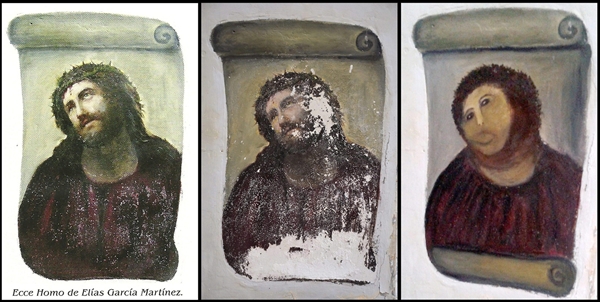People talk about harmony in nature. Artist and engineer, Bartholomaus Traubeck, took this quite literally with his unusual creation that turns the rings on a tree into music.
The device looks very much like a vinyl DJ station. A slice of tree is put on a turntable and an arm with a sensor tracks the rings, converting them to piano notes. The music is unlike anything that you’ve ever heard. Here is a video of one tree’s song that he calls “Years.” It begins at the center of the tree, the youngest part, and then works its way out to the edges. It’s fascinating to hear everything become more complex as the tree ages.
The scientific study of tree rings is called Dendrochronology. There is currently no word for someone who creates music from them. Is he a composer? The music is in the trees; he is using technology to find and interpret it. Perhaps some things don’t need a classification. That’s why they’re wonderfully weird.
Traubeck provides more detail about his motivations and methods in this Huffington Post interview. You can hear more tree music and purchase albums through his web site.
Do you know of more music from nature? Tell us about it!




